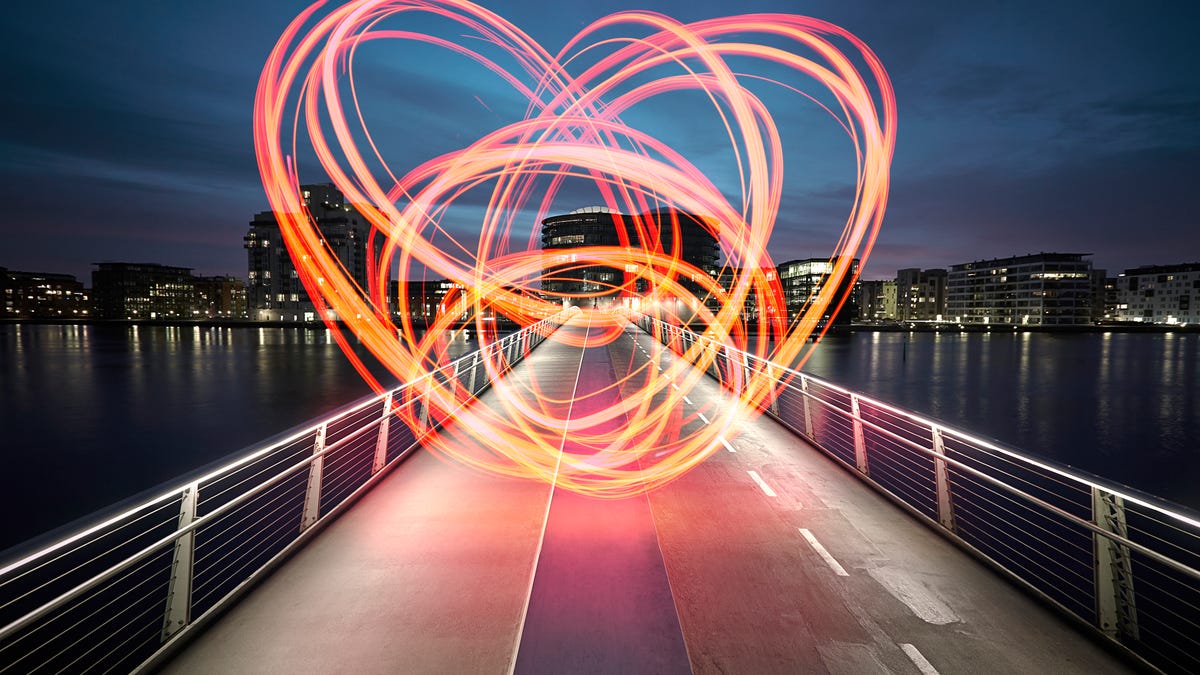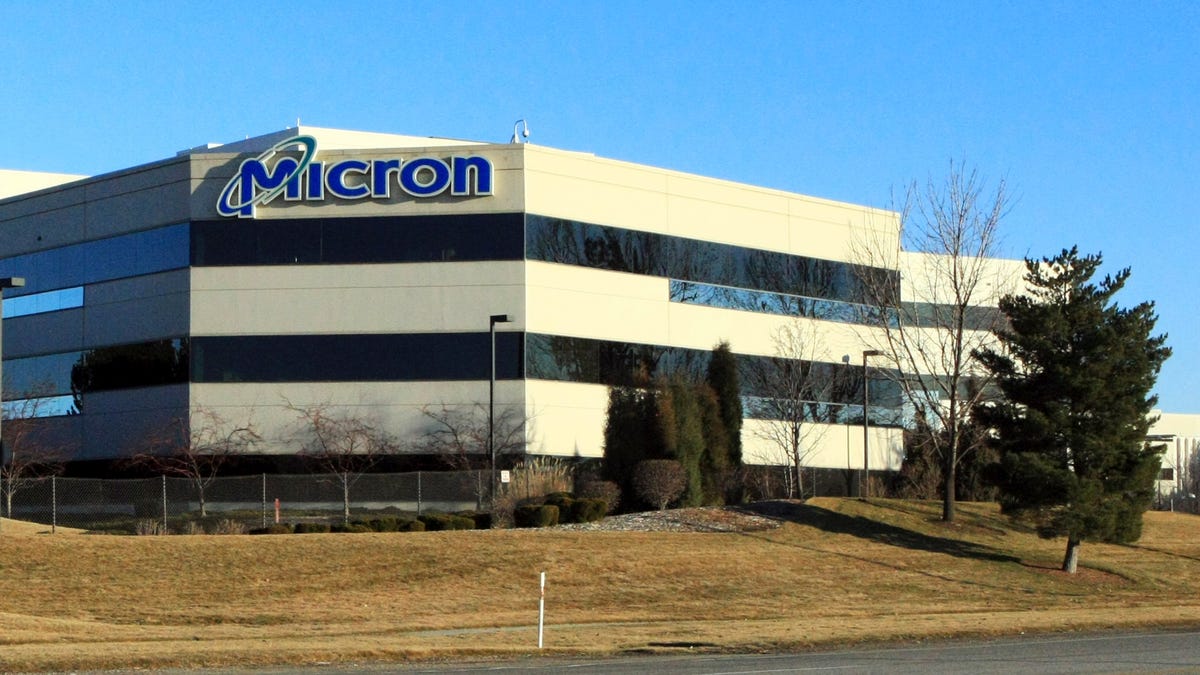Boeing’s Starliner Mission Faces Yet Another Postponement
Boeing’s much-anticipated Starliner mission, set to be a pivotal moment for the aerospace giant, has hit another snag. For the second time, the mission has been delayed due to a newly discovered issue with the spacecraft’s service module, leaving stakeholders and enthusiasts alike disappointed.
Technical Complications and Delays
Initially scheduled for liftoff on May 21 at 4:43 p.m. ET, the first crewed test flight of the Starliner spacecraft has now been pushed back. The setbacks began with a last-minute anomaly related to a pressure valve on the rocket that resulted in an initial delay to May 17. Subsequent efforts to address this issue led to the replacement of the valve by ULA’s team. However, a new challenge surfaced with the detection of a small helium leak in the service module. Boeing and NASA are actively working to resolve this issue, which can be traced back to a flange on a single reaction control system thruster.
Helium plays a critical role in the spacecraft’s thruster systems, enabling safe and efficient propulsion without the risk of combustion or toxicity. To tackle the helium leak, Boeing plans to conduct thorough testing by pressurizing the propulsion system as part of pre-launch preparations and monitoring the natural venting of the helium system. Additionally, mission teams will analyze data from the previous launch attempts to identify and address any other potential issues.
Boeing’s Partnership with NASA
The Crewed Flight Test of the Starliner is a significant component of NASA’s Commercial Crew Program, designed to facilitate crew and cargo transportation to and from the International Space Station (ISS). This endeavor, supported by a substantial $4.3 billion contract with NASA, underscores the collaborative efforts between Boeing and the space agency to advance space exploration and scientific research.
The intended crew for this mission comprises NASA astronauts Butch Wilmore and Suni Williams, who are slated to journey to the ISS and return safely. Following the recent delays, the astronauts, who were in pre-flight quarantine, returned to their respective accommodations at NASA’s Kennedy Space Center after exiting the Starliner spacecraft at Cape Canaveral Space Force Station. Despite setbacks, the astronauts had the opportunity to spend time with their families in Houston before the rescheduled launch date.
Challenges and Lessons Learned
The Starliner program has faced a series of challenges and setbacks since its inception nearly a decade ago. Notably, the spacecraft’s first uncrewed test flight in 2019 encountered issues due to a software automation glitch that prevented a successful rendezvous with the ISS. This setback prompted NASA to mandate a second test flight before crewed missions could proceed.
Subsequent tests, such as the Orbital Flight Test-2 (OFT-2) in May 2022, were not without complications, including the failure of a critical thruster used for orbital maneuvering. Despite these challenges, NASA remained committed to advancing the program and eventually approved a crewed test flight, albeit with multiple reschedulings and technical hurdles along the way.
With each delay and setback, the aerospace industry and space exploration enthusiasts eagerly await a successful launch of the Starliner spacecraft. While the journey has been punctuated by uncertainty and technical issues, the resolve and dedication of Boeing and its partners remain unwavering in their quest to push the boundaries of human spaceflight.
Image/Photo credit: source url





